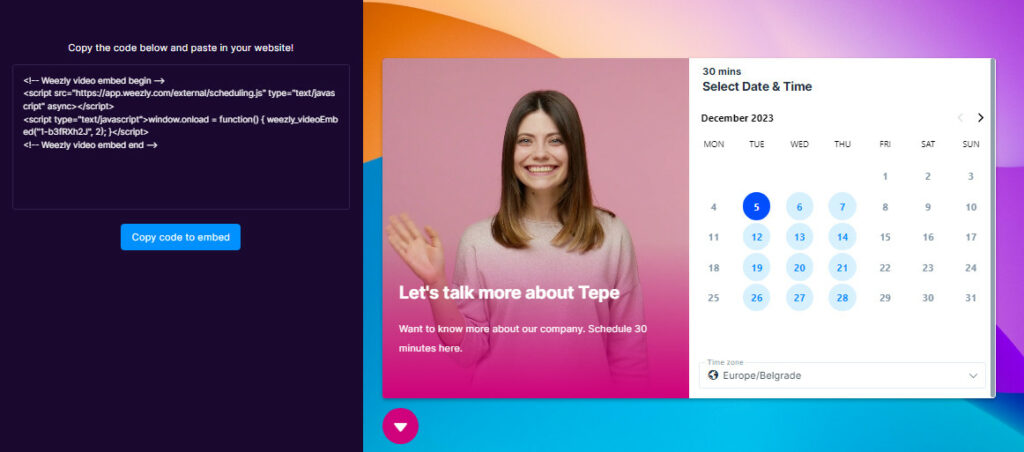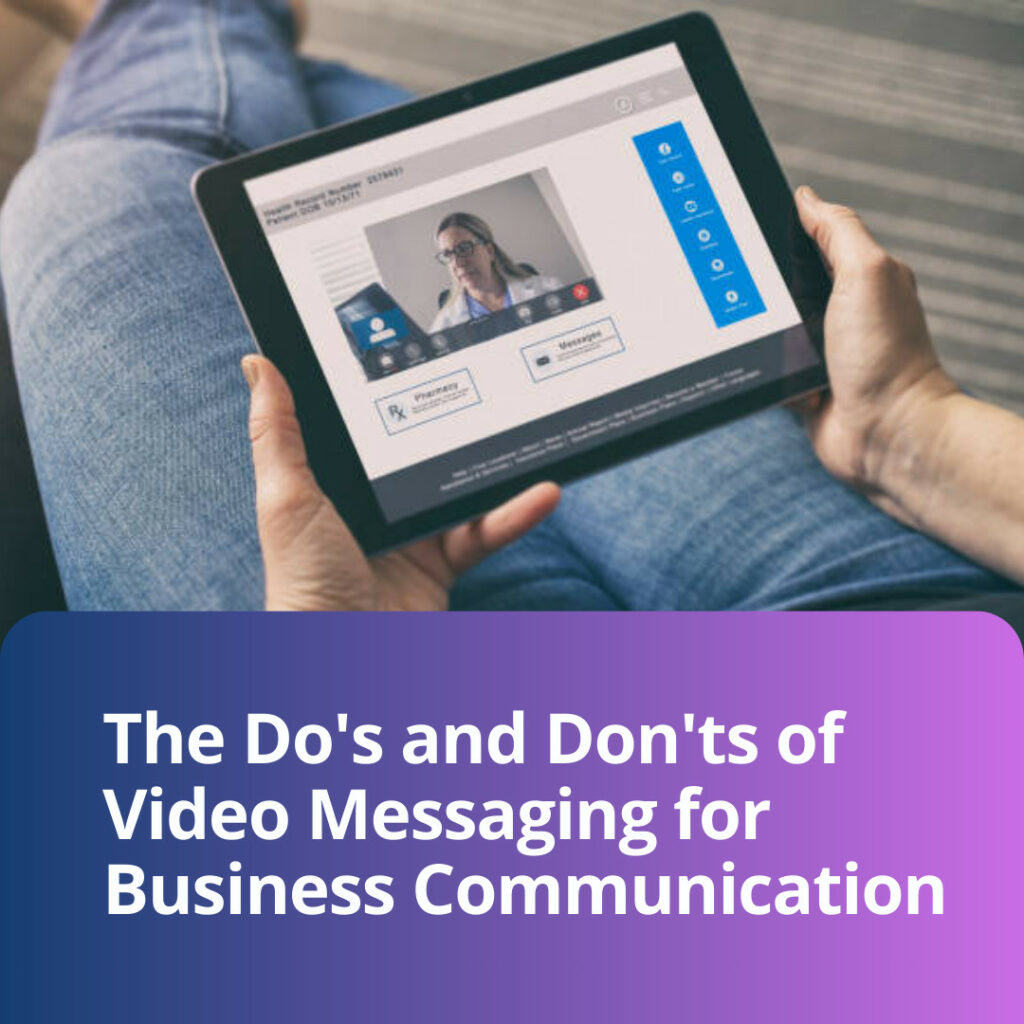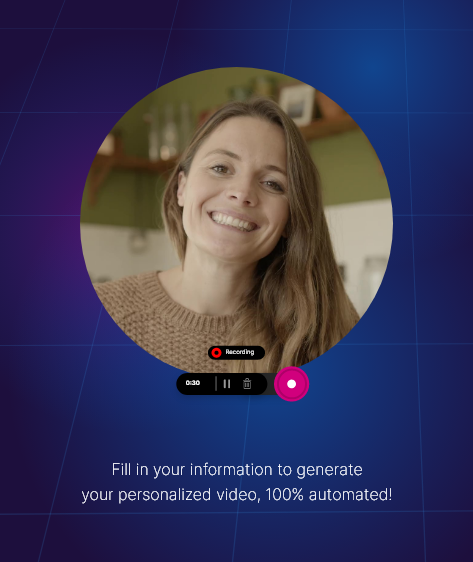In a professional setting, efficient communication is everything. Whether you’re coordinating with colleagues, attending meetings, or reaching out to clients, effective messaging forms the backbone of your productivity. And in the digital age, video messaging becoming an increasingly popular mode of business communication.
So, let’s delve into the do’s and don’ts of video messaging for business communication.

Understanding Video Messaging
Before diving into the do’s and don’ts, it’s crucial to understand what video messaging entails. At its core, video messaging is the process of sending a recorded video clip to convey a message rather than relying on written or audio-only communication. Unlike traditional video calls or conferences that happen in real-time, video messages can be recorded and sent at the sender’s convenience, allowing the recipient to view and respond at their preferred time.
The rise of video messaging can be attributed to several factors:
- Personal Touch: Video messages offer a more personal touch compared to emails or texts. They allow the recipient to see facial expressions, and body language, and hear the tone of voice, providing a richer context than written words alone.
- Efficiency: In many cases, explaining a concept through video can be quicker and clearer than writing it out. This is especially true for complex topics or when providing visual demonstrations.
- Flexibility: Video messages can be recorded and sent at any time, making it convenient for individuals across different time zones or with packed schedules.
- Engagement: Studies have shown that people are more likely to engage with video content compared to written content. The visual and auditory combination of video can help in capturing and retaining the viewer’s attention.
With tools like Weezly, businesses can seamlessly integrate video messaging into their communication strategy, reaping the benefits of this innovative form of communication.
The Do’s
1. Be Prepared
- Research your audience: Before sending a video message, understand who you’re talking to. Tailor your message based on your audience’s preferences, background, and familiarity with the topic.
- Set up your environment: Ensure that your surroundings are tidy and free from distractions. Good lighting and a neutral background can significantly improve video quality.
2. Keep it Professional
- Dress appropriately: Just because you’re not meeting in person doesn’t mean you shouldn’t dress the part. Present yourself professionally, as you would in a face-to-face business meeting.
- Mind your language: Use clear, concise, and jargon-free language. Remember, your video message might be shared with others who aren’t familiar with industry-specific terms.
3. Use Tools to Your Advantage
- Leverage Weezly for scheduling and messaging: Instead of juggling between different platforms, use Weezly, which efficiently combines scheduling and video messaging. With its dual capability, you can easily set meetings and follow up with video messages. Check out this to get started.
- Use annotations and screen sharing: When explaining complex topics, using visual aids can be immensely helpful. Tools like Weezly allow for on-screen annotations and screen sharing, enhancing clarity.
4. Engage with Your Audience
- Ask open-ended questions: Encourage a two-way conversation by asking questions that can’t be answered with a simple ‘yes’ or ‘no’. This fosters engagement and opens the door for richer communication.
- Use emotive language and body language: Make your video messages more engaging by being expressive both verbally and non-verbally.

The Don’ts
1. Don’t Overwhelm Your Recipient
- Avoid long videos: According to a study by Wistia, engagement tends to drop off significantly after 2 minutes. Keep your messages short and to the point.
- Don’t send too many video messages: Like any form of communication, moderation is key. Bombarding someone with video messages can be counterproductive.
2. Don’t Forget Your Manners
- Avoid interrupting: If you’re in a live video call, ensure you listen actively and avoid interrupting the other person.
- Remember to say ‘please’ and ‘thank you’: Even in a digital setting, good manners go a long way.
3. Don’t Ignore Feedback
- Request feedback: After sending your video message, ask for feedback. This can help you improve future communications.
- Adapt based on feedback: If multiple recipients mention that your messages are too long, for instance, take this into consideration for future communications.
4. Don’t Neglect Security
- Use secure platforms: Not all video messaging platforms prioritize security. With tools like Weezly, you can ensure end-to-end encryption for all your communications.
- Avoid sharing sensitive information: Even with encryption, it’s essential to be cautious about the information you share in your video messages.
Conclusion
Video messaging is reshaping business communication, offering a more personalized and engaging way to connect with colleagues, clients, and partners. By understanding the do’s and don’ts, you can maximize its potential and communicate effectively. Whether you’re just starting out or looking to refine your video messaging approach, tools like Weezly can simplify the process, ensuring seamless scheduling and impactful communication.
Keep experimenting, seek feedback, and continuously adapt to ensure that your video messaging strategy aligns with the evolving needs of your business and audience.





